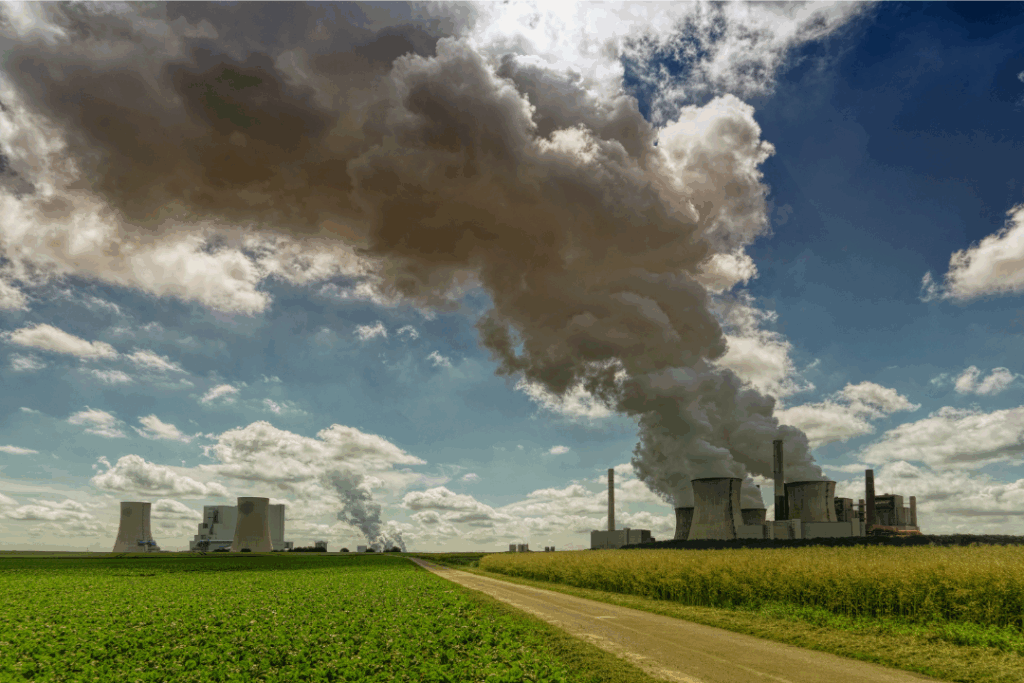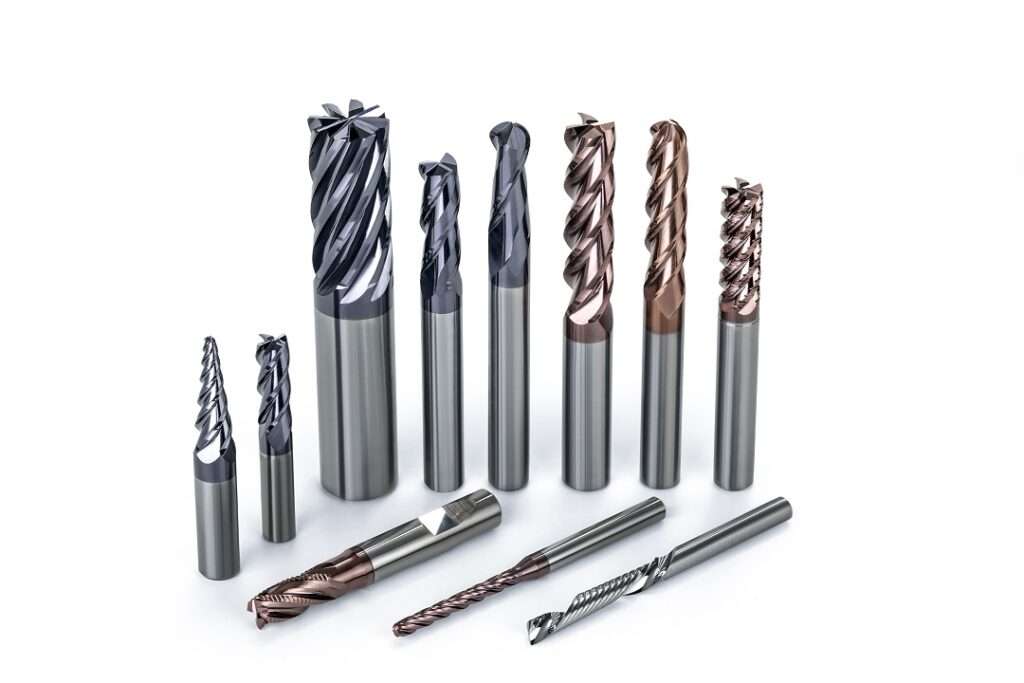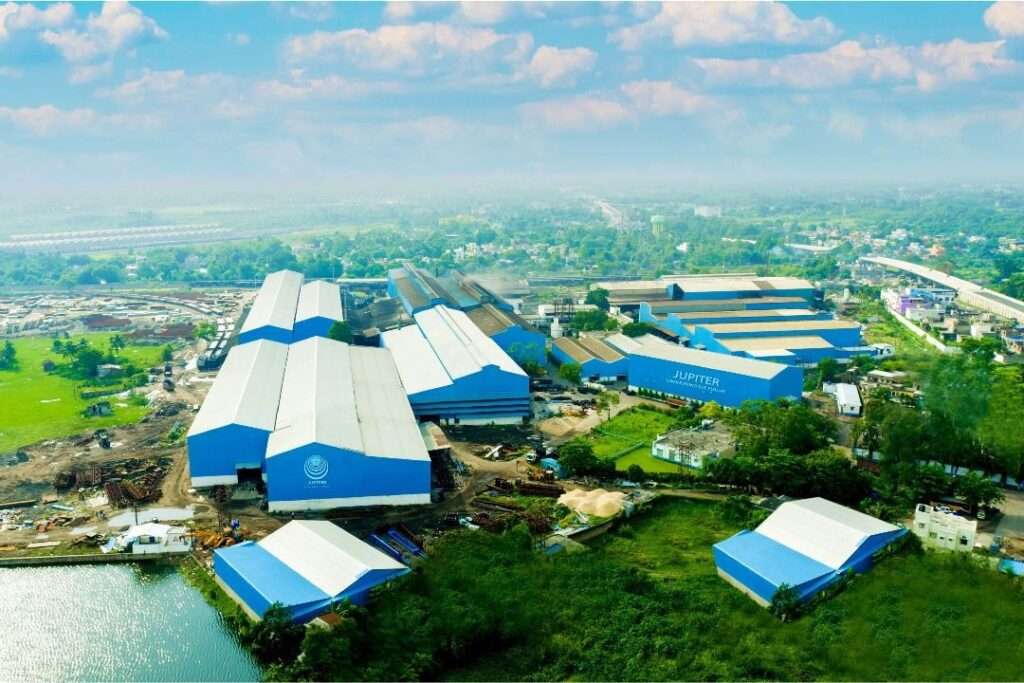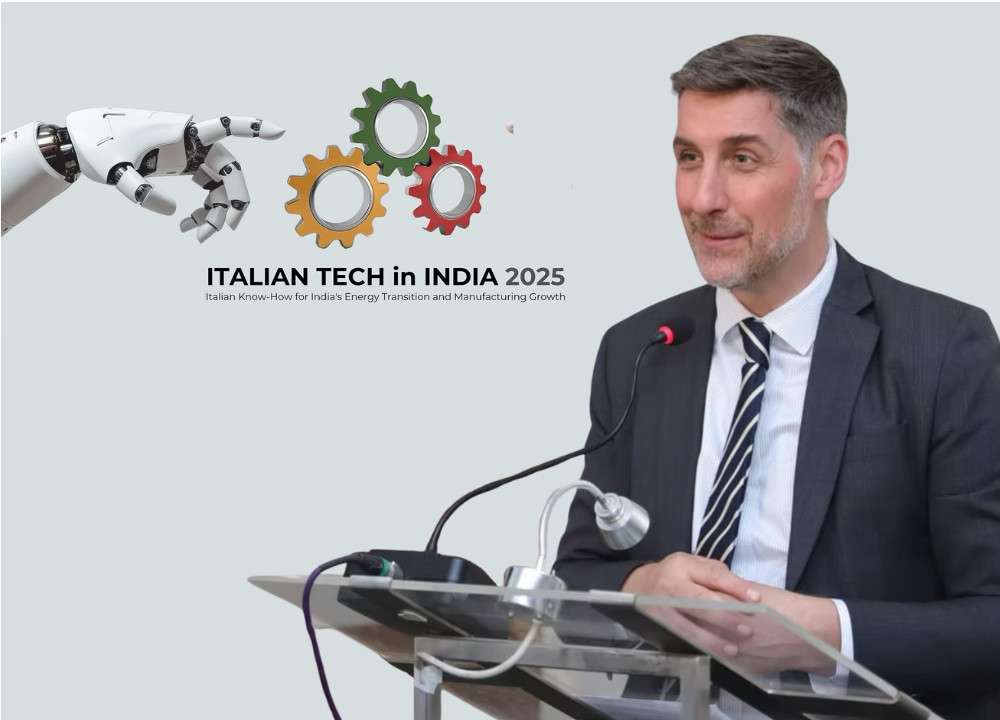Hydrelio® Floating Solar Technology is an effective solution for problems emerging from lack of space and conflict of land use, come with many benefits when compared to traditional photovoltaic systems. Tailored for all industries, Ciel Et Terre collaborates with major institutions worldwide to bring forth a new dimension in attaining green energy sustainability with the help of Floating Solar Photovoltaic Systems.
Amidst the global pandemic situation, a team of passionate engineers established the largest Floating Solar plant in India at Tuticorin, Tamil Nadu. Complimenting the clarion call of Prime Minister Narendra Modi for Atmanirbhar Bharat, these floats were locally manufactured boosting the “Make in India” campaign hence expanding the scopes of plant engineering, float supply, and supervision. The project was successfully executed by the Indian subsidiary of the global leader in Floating Solar Ciel Et Terre, under the leadership of young and dynamic Deepak Ushadevi.

Machine Maker spoke to Deepak Ushadevi, CEO and Managing Director of Ciel & Terre India talks about the greatest challenge undertaken in the building of floating PV plants in India and also ensuring the sustainability of solar plants at least for 25 years at a go. The biggest floating solar plant project as of now in India, 14.7 MWp installation in Tuticorin, was developed this year for Southern Petrochemical Industries Limited over a massive spread area of 15.6 hectares. C&T mounted 37, 632 PV cells on a water storage pond with their unique Hydrelio® Equato floats.

Ciel Et Terre was established in France with a motive to bring a major change in the future renewable energy source initiated with rooftop and groundwater systems. However, the invention of Hydrelio® in 2010, a water-based PV technology introduced by them brought a remarkable change in the sector catering to growing energy needs and limited free space challenges. Ciel Et Terre undertaking a 15-kW project in 2011 became recognized as the pioneer in developing solar plants for industrial, commercial and government institutions.
Along with CEO Stephane Prouvost, Deepak Ushadevi initiated Indian operations of Ciel Et Terre, shares the changing dynamics of renewable energy in India, “Floating Solar Photovoltaic (FSPV) systems can change the current dynamics of the renewable energy sector: FSPVs are Land neutral, reduce water evaporation, Higher gains in energy production due to lower temperature coefficients, less soiling losses, lower O&M Expenses, ease of implementation, and Hybrid power generation with Hydel power systems.”
Deepak Ushadevi mentions additional benefits concerning floating solar plants some of which include reducing water evaporation, the conversation of unused spaces, rapid electric generation, reducing grid connection cost, and many other infrastructural investments. Explaining the varied environmental, social, and economic advantages of FSPV, Deepak reacts to the changing current dynamics in the renewable energy sector and proposes the untamed prospects and potential of India in floating solar that can be gauged with systematic planning.
Mr Ushadevi shares, “Since 2011 Ciel & Terre has fully been committed to floating solar and has been recognized as a pioneer in the field. The world's first-megawatt scale floating solar project was built using Hydrelio® technology in Japan. Am extremely proud for leading a global renewable company with ground-breaking records of more than 285 projects worldwide in 32 countries over five continents and 40+ manufacturing lines globally established with 1.2 GW installation until now.”

Ciel & Terre is now present in more than 32 countries and is also developing local manufacturing units, contributing to safe transportation, cost consumption, strengthening the local economy, and providing job opportunities. In response to future scopes for improvement, Deepak shares the need of developing an international dedicated standard for floating solar plants, “this standard must be defined based on field test results, analysis, and theoretical and empirical study. Those new standards must allow building safe FPV while doing viable and profitable investments.” Deepak shares.
Successful Projects Executed By C&T India
Speaking more about the projects undertaken, Deepak mentions some of the major floating solar projects executed by C & T India are 452 KWp pilot floating project in CIAL cochin, Kerala – Commissioned in Oct 2019, 5.4 MWp floating project for WBPDCL, Sagardighi, Murshidabad, West Bengal –Commissioned by Oct 2020, 14.8 MWp floating project for SPIC, Thoothukudi, Tamil NaduInstallation completed, commissioning by Sept 2021, and 75 MWp floating project under Installation and expected completion by Nov 2021.
He explains how each project has been different from one another, “our 5.4 MWp floating solar project in Sagardighi Thermal Power Plant, West Bengal is very unique too. It is the world's first floating solar plant to be installed in a thermal power plant. Thermal power plants with water ponds or coal reservoirs can opt for floating solar to switch from fuel to green energy.” Mr Ushadevi added. Ciel Et Terre also stands amongst the core members of authorities from around the world like CEA (France), NREL (USA), NEDO (Japan), with active involvement in on-field testing, investigating, and evaluating the nature and behaviour of FPV plants both in testing chambers and real scale installation site.
Increasing Demand & Relevant Challenges in Floating Solar Projects
With the gradual uprise of demand in the adoption of floating solar plants in various industry sectors, the untapped potential of floating solar with Hydrelio®, also faces challenges. As discussed above the primary and pivotal challenge to overcome is to ensure that these floating solar projects must turn sustainable for at least 25 years.
Deepak says “all others come second. Unlike ground mount, floating solar must Keep the fundamental techniques intact. Each site should have different designs depending on the topography of the area. There should not be a replication of the project. The variation in the water level and the undercurrent of the water also pose challenges, especially when it comes to anchoring and moving the floating platforms.”
Additionally, he speaks of the diversity and uniqueness in each project based on the topography of the area that brings forth relevant challenges like adjusting to the variation of the water level and the undercurrents of water, especially while anchoring and transporting the floating platforms. According to Mr Ushadevi, an appropriate project should comprise of the proper study of the topography, good knowledge of engineering techniques, and bathymetric study would be able to solve some of the problems faced by the developers. Bathymetric, SPT, Wind speed, Wave analysis, should be considered while making a design suit. Site visit before design and site surveys to undergo the bathymetry, soil composition analysis should be done foremost.

For quality assurance, C&T has collaborated with leading companies into wind resistance, mechanical resistance, wave, and current resistance, temperature resistance, floatability, drinking water compliance, and UV resistance too. Further, C&T receives accredited certifications from world-class laboratories few of which are Aero Space, ONERA French Valuetec, ARMINES Europe Research, and many more. C&T’s active collaboration with leading PV design and wind offshore industry Principia has resulted in cost-effective solutions.
Future Scopes And Plans:
When asked how industries are accepting green energy, Deepak delightfully speaks, “Industries now have a full understanding of the concept of ‘solar on water.’ The cheap electricity generation and saving huge electricity bills are now taken up by industry. Also Installing floating solar also helps to prevent water evaporation apart from saving land. Hence it is more of utilizing available water bodies into energy and revenue yielding sources.”
Generally, most of the industries like chemical, steel, thermal fertilizers, cement and others acquire raw water ponds. These water bodies can be easily used to produce cheap electricity. Also, during summers they are likely to experience huge problems due to evaporation caused by high temperatures. It is to make use of these water bodies and adopting FSPV is an effective solution, yielding green power for capital usage. India securing sixth position behind China, Japan, North Korea, and Taiwan is expected to become the biggest market of floating solar. Deepak informs that rapid growth in building new assets are taken under consideration.
Discussing more scopes and plans, Deepak mentions, “We started our international Global R&D centre in India to support worldwide projects, that helps us with more technical robustness in terms of optimal technology, standards, testing, and quality control. Our target is to complete a minimum 2GW installation powered by Hydrelio®® technology by 2023.”
Mr Ushadevi reacts to the ambitious target of the Indian government of establishing 10GW floating solar installation by 2022. But on a relevant and practical vision, he aims at executing 1 GW floating solar positively by 2022. Deepak sheds light on the need for a stable policy regime from both the Central and State government. “Opting for green energy and playing an active role in reducing the carbon footprints, one the biggest example is the Cochin International Airport that is fully solar-powered, setting new objectives for all other industry to switch to renewable energy source”, Deepak Ushadevi concludes.








